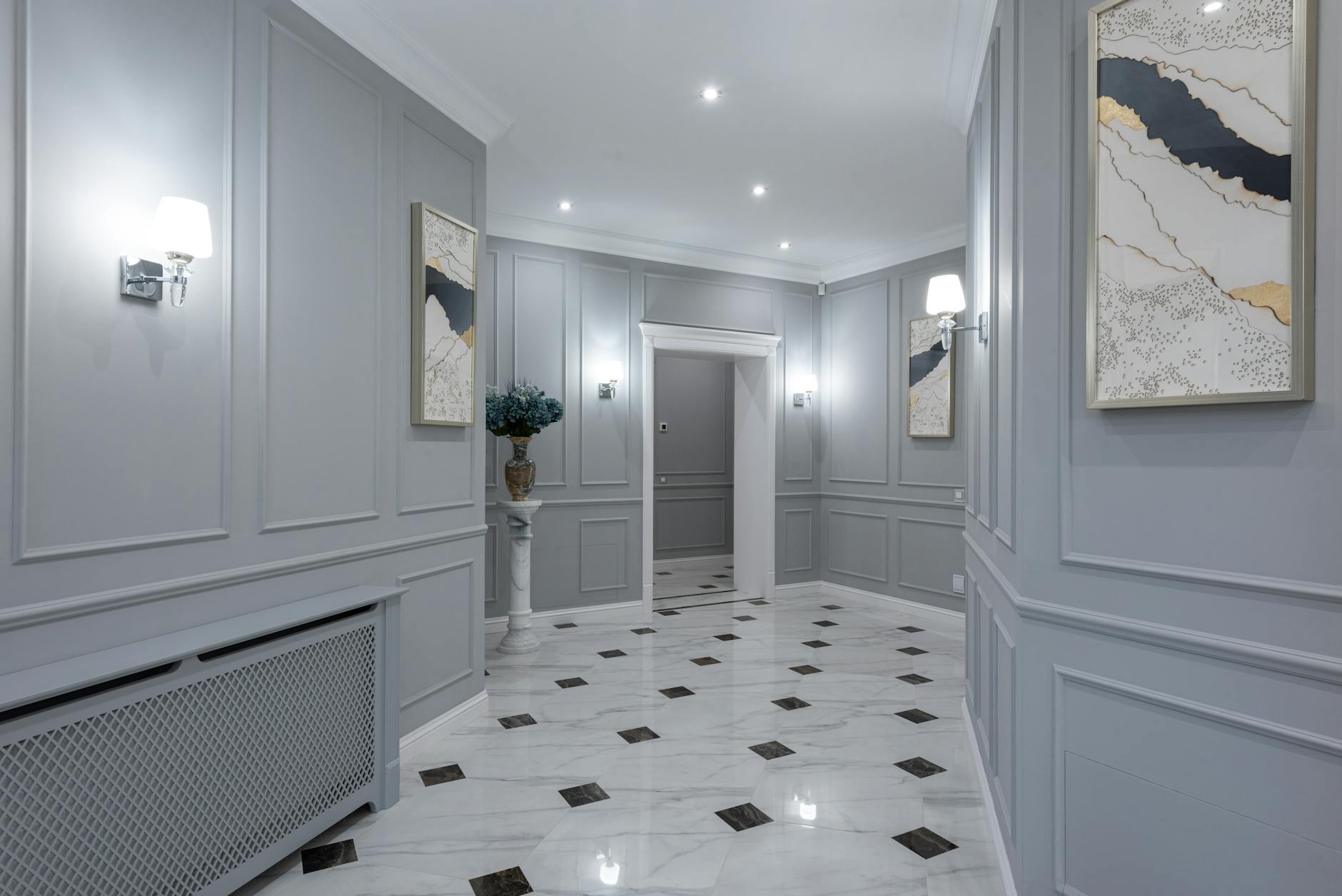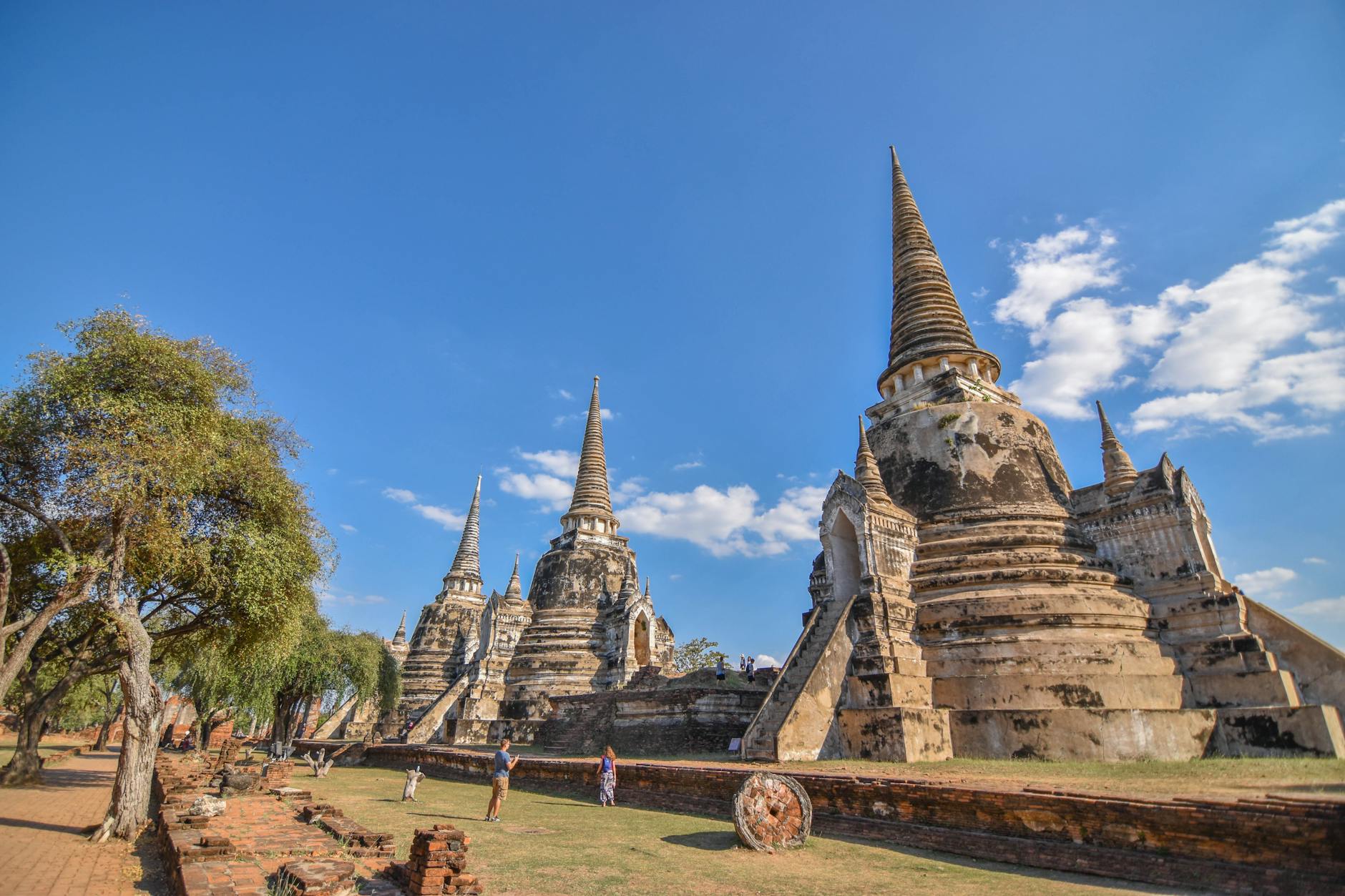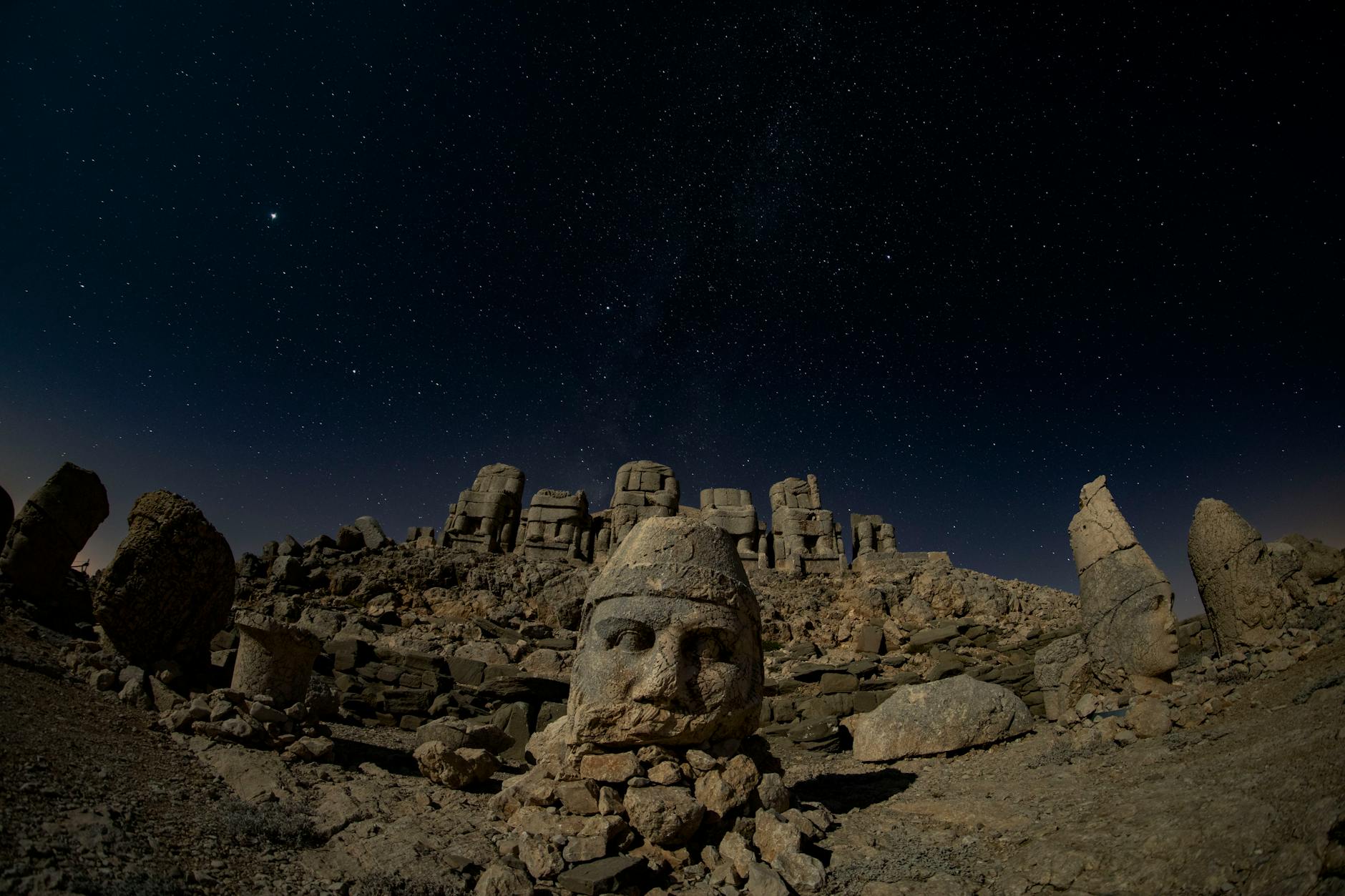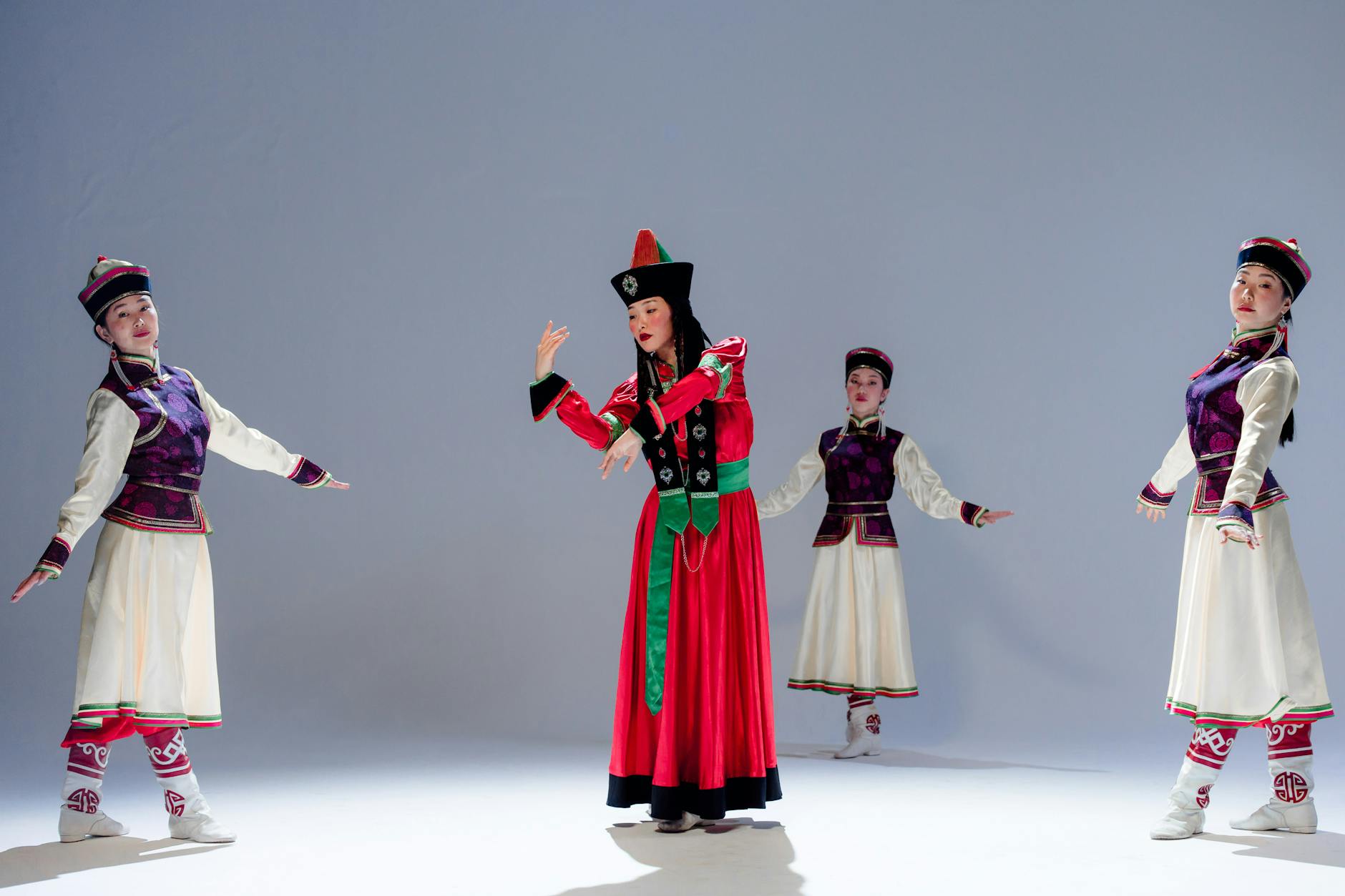Art, in all its vibrant forms and expressions, has a long-standing association with various societal influences – historical events, cultural shifts, and technological breakthroughs, to name a few. Yet, one influence that often goes unrecognized is the transformation brought about by the interaction with substances that induce altered states of consciousness – more specifically, psychedelics. Psychedelic substances have long been acknowledged as a tool for exploration within the realms of spirituality, psychology, and scientific research. However, their role in the evolution of artistic style, from spurring artistic inspiration or modifying visual aesthetics, is not as well-studied or commonly known.
The relationship between psychedelic art and the substances that inspired it can be traced back to ancient cultures. Numerous indigenous tribes incorporated psychedelics into their spiritual and creative pursuits, birthing a myriad of transcendent art forms. With Western society’s rediscovery of these substances in the mid-20th century, a new wave of psychedelic-influenced art marked a significant shift in the global artistic narrative.
This artistic evolution was most notably witnessed in the forms of expressionism, surrealism, and abstract expressionism. These movements, both individually and collectively, were known for their emphasis on evoking emotion over realism. Artists began to use their medium to portray the internal landscape of the psyche, often influenced by their personal experiences with psychedelics. Expressionism, for instance, grew in popularity during periods of intense societal change, with artists like Edvard Munch famously portraying anxiety and fear in works like The Scream.
However, it was the advent of the ’60s counterculture that saw the most significant influx of psychedelic-inspired art. This artistic movement borrowed heavily from the visual aesthetics commonly associated with psychedelic experiences – vivid colors, intricate patterns, distorted forms, and symbolic subject matter – and incorporated them into various art forms such as posters, album covers, and even fashion.
Within this art movement, artists like Peter Max and Victor Moscoso became renowned for their psychedelic contributions. Their innovative works echo the otherworldly, kaleidoscopic visions characteristic of a psychedelic journey, used as both an artistic inspiration and a vessel for societal commentary.
Surprisingly enough, some artists find that their creative process itself can be deeply affected by these substances. Psychedelics can induce a heightened awareness and hyper-connectivity of brain regions, leading to increased creative flow and novel artistic perspectives. Numerous studies, such as this one conducted in 2015, have linked these substances to a loosening of cognitive filters, enabling artists to view their work through a lens free from traditional bounds or limitations.
However, the influence of psychedelics on artistic style is not without its criticisms. While there exists an appreciative and perceptive audience for surrealism and abstract expressionism, others find this shift away from traditional art forms hard to digest. Furthermore, the vivid and esoteric visuals that are characteristic of psychedelic art can sometimes be dismissed as mere drug-induced hallucinations rather than legitimate artistic explorations.
In conclusion, the influence of psychedelics on the artistic style has been profound. From adding a new dimension to existing art movements to catalyzing significant shifts in the role and understanding of art itself, these substances have left an indelible mark on the canvas of human creativity. Their relationship with the artistic world serves as a testament to the human propensity to seek transformative experiences for self-expression. As our understanding and societal acceptance of psychedelics continue to evolve, it will be fascinating to observe how they continue to shape our artistic landscape.








